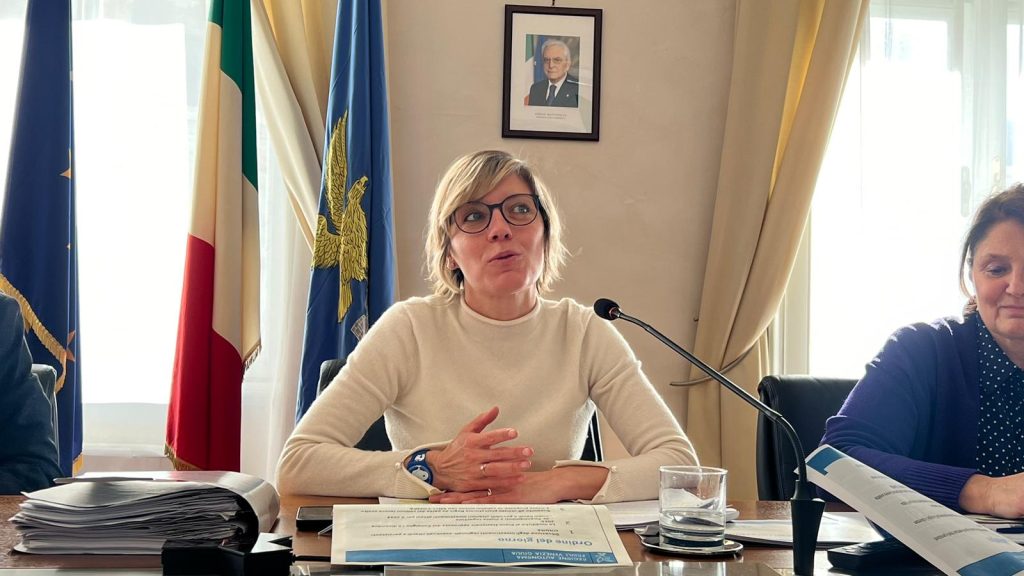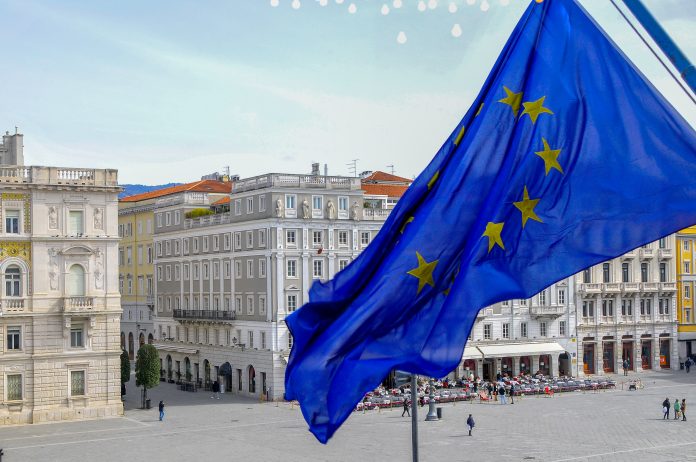by InTrieste
In a bustling session of the Pnrr Steering Committee in Trieste, Finance Commissioner Barbara Zilli unveiled a progress report, underlying that a staggering 28.7% of all planned projects in Friuli Venezia Giulia are already underway, totaling 637 initiatives. This figure, she emphasized, outpaces the national average, positioning the region second only to Emilia Romagna in the Northeast. The successful activation of these projects, Zilli attributed to the diligent efforts of the Steering Committee, Anci, and other stakeholders.

The distribution of resources across the region also drew attention. Udine province emerged as the foremost beneficiary, securing 41.4% of the total resources allocated, followed by Trieste, Pordenone, and Gorizia provinces. Zilli highlighted Trieste province’s noteworthy potential for investment intensity per capita, surpassing €2 thousand, a trend echoed, albeit slightly lower, in Gorizia and Udine.
Further analysis revealed that smaller municipalities are also reaping significant benefits from the Pnrr, with per capita funding exceeding €15 thousand in cases like Sauris. Zilli attributed this to dedicated investment lines for initiatives like village redevelopment and school infrastructure.
The session also shed light on the substantial support provided by the Region to municipalities, totaling €14 million for Pnrr-related projects. Additionally, attendees learned of forthcoming online resources detailing the region’s activities and plans.
Looking ahead, Zilli hinted at anticipated government action, expecting a new Pnrr decree redistributing approximately €21 billion in planned investments across various sectors, including infrastructure, employment, and youth programs. This decree, she asserted, would provide financial coverage for projects outlined in the National Recovery and Resilience Plan and streamline procedures.
Among the projects earmarked for investment are infrastructure enhancements like the Trieste-Lignano-Venice cycle path (Trilive) and measures addressing environmental concerns such as flood risk management and energy efficiency initiatives.





























